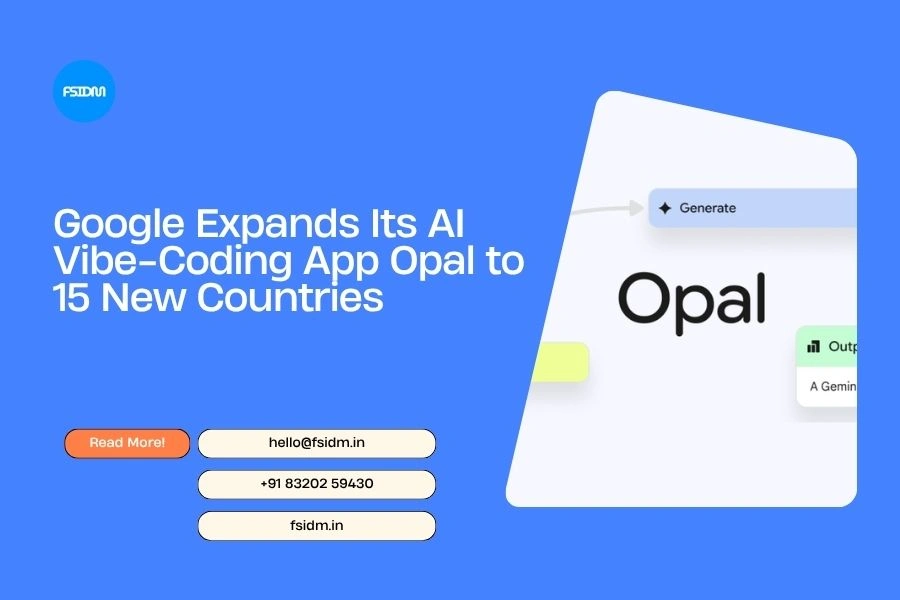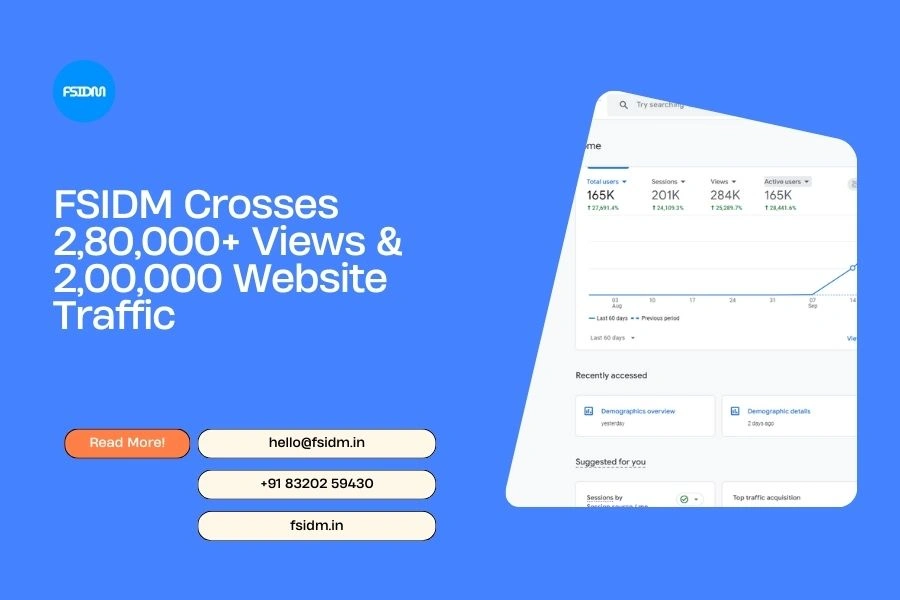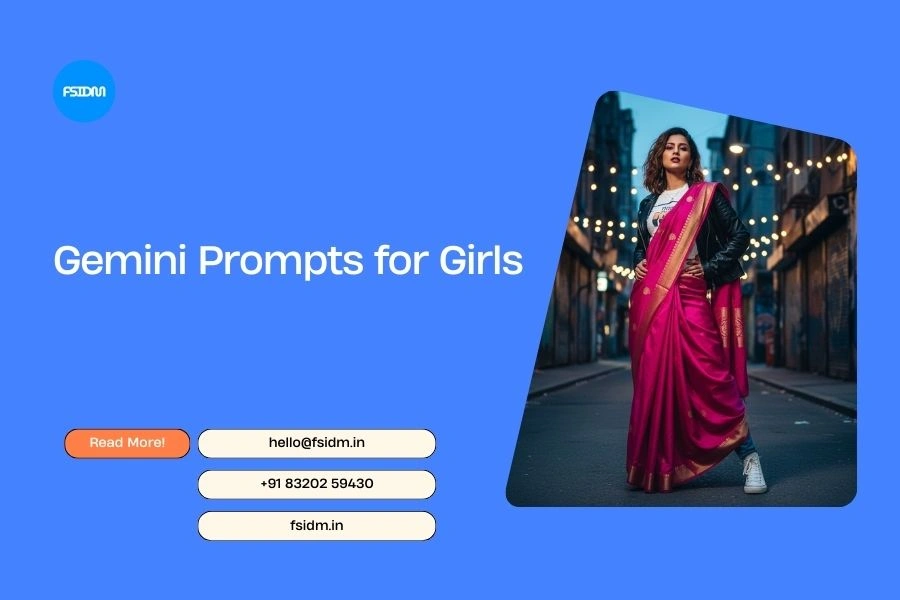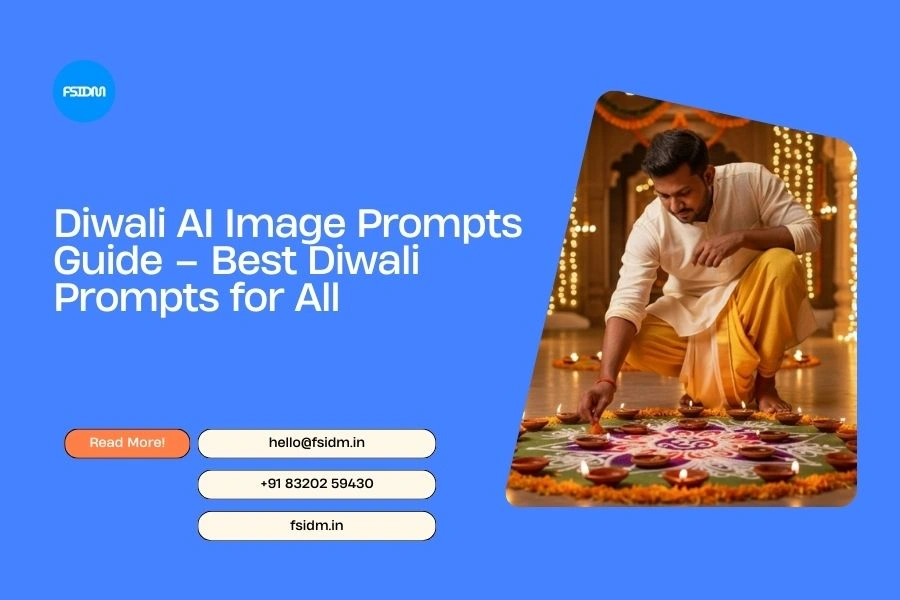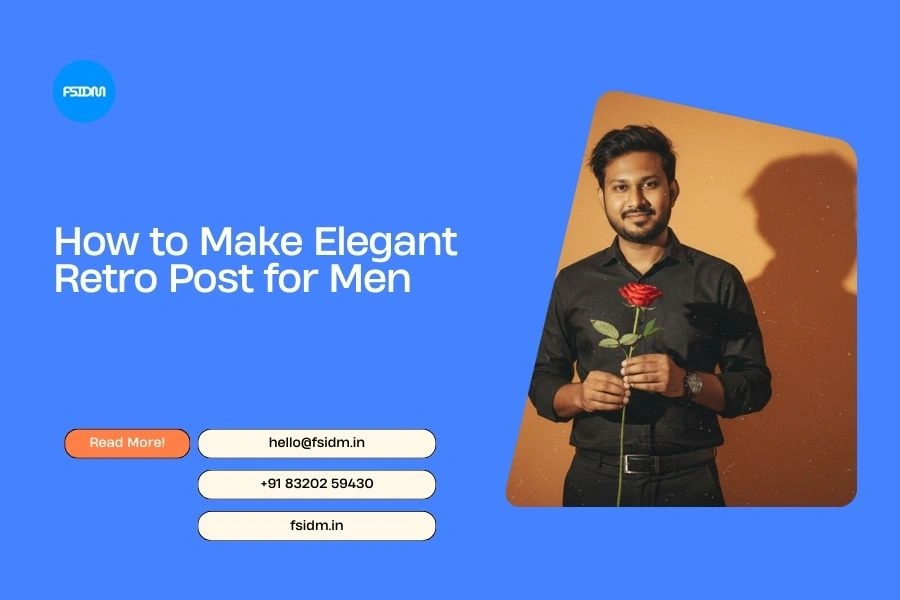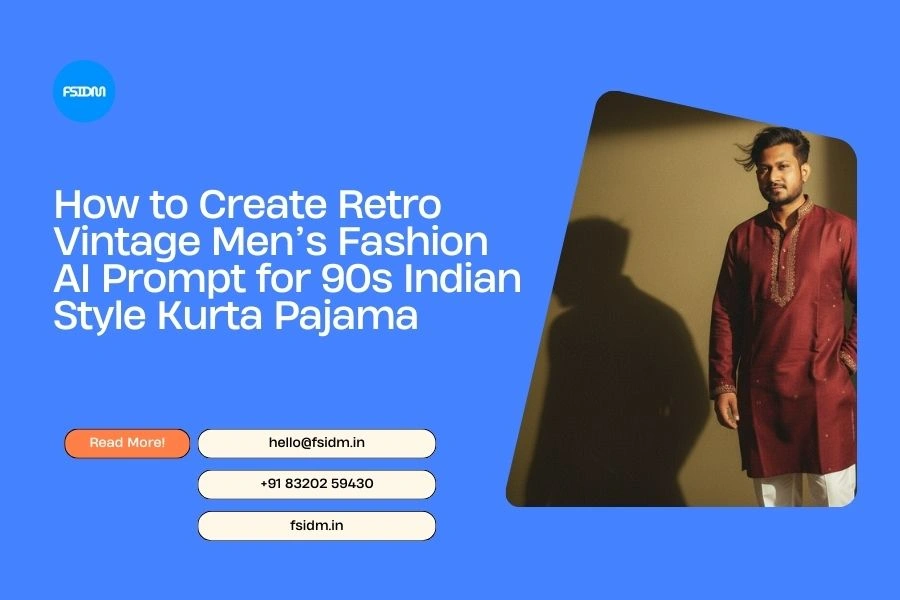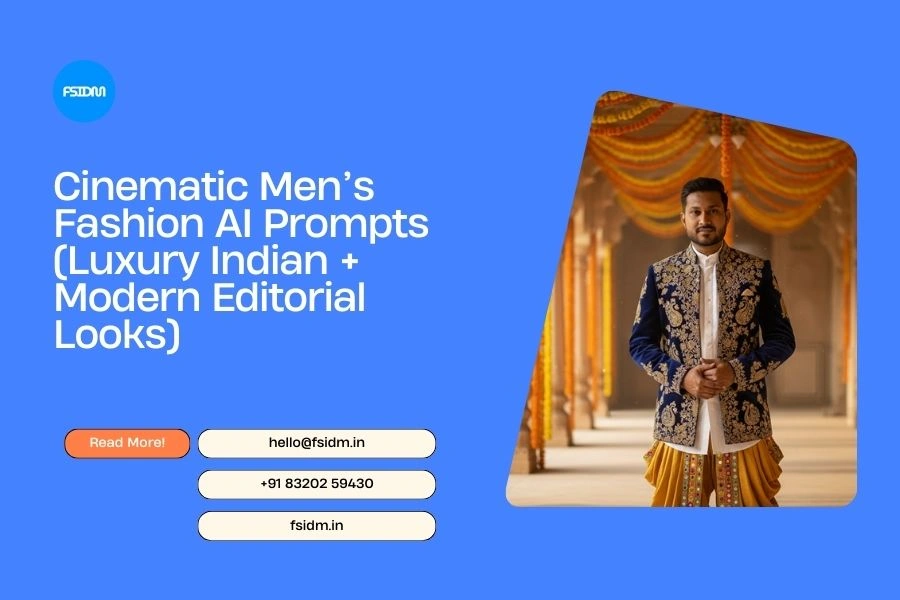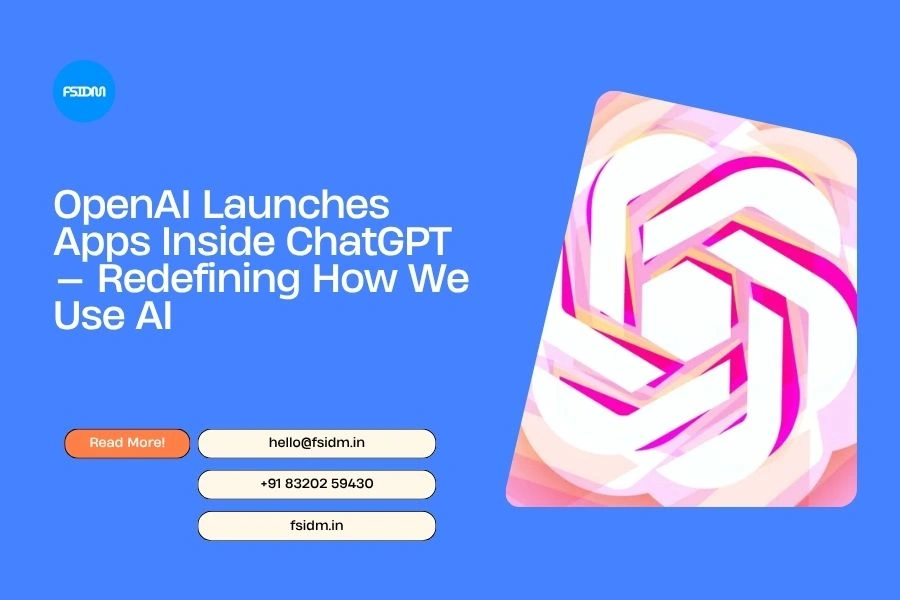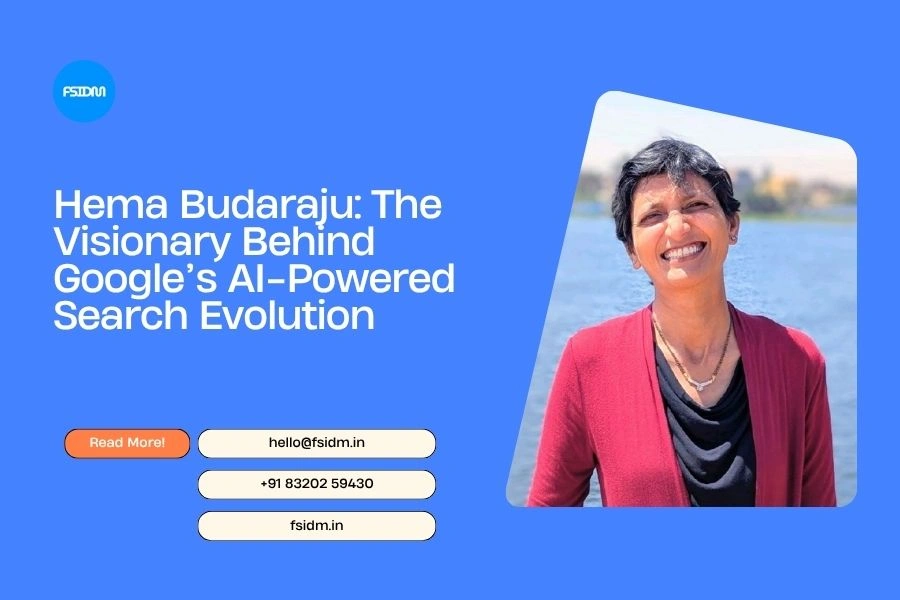Google is taking its AI vibe-coding app, Opal, worldwide — expanding access to 15 new countries, including India, Japan, Brazil, South Korea, and Singapore.
Originally launched in the U.S. in July, Opal allows anyone to create mini web apps using simple text prompts — no coding required.
This expansion highlights Google’s push to make AI-driven creativity tools accessible to a global audience of innovators, designers, and entrepreneurs.
💡 What Is Opal? The “Vibe-Coding” Revolution
At its core, Opal is a creative AI playground. It lets users describe the type of app they want — for example, “a personal mood tracker” or “a daily habit planner” — and Google’s models handle the coding and logic automatically.
Within seconds, Opal generates a functional mini web app, complete with a visual editor that allows users to:
- 🧩 Customize workflows and visual steps
- ✏️ Edit prompts or logic at any stage
- 🌐 Publish and share their app directly online
Essentially, Opal turns your ideas into interactive prototypes without needing to write a single line of code.
🌏 Now Available in 15 More Countries
The rollout brings Opal to:
- Canada
- India
- Japan
- South Korea
- Vietnam
- Indonesia
- Brazil
- Singapore
- Colombia
- El Salvador
- Costa Rica
- Panama
- Honduras
- Argentina
According to Megan Li, Senior Product Manager at Google Labs:
“We expected people to build simple, fun tools — but we were blown away by how sophisticated and creative Opal users turned out to be. The early community showed us that we need to get Opal into more creators’ hands globally.”
⚙️ New Updates: Faster, Smarter, Easier
Alongside the expansion, Google has announced major performance upgrades to Opal:
🧠 1. Improved Debugging Experience
- Still 100% no-code, but users can now test workflows step by step.
- Errors appear directly at the source, helping users fix issues instantly.
⚡ 2. Faster App Creation
- Previous versions took up to five seconds to generate a new project.
- The latest update dramatically speeds up build times for smoother experimentation.
🔀 3. Parallel Processing
- Users can now run multiple steps simultaneously, making complex workflows far more efficient.
These improvements make Opal more powerful — yet still accessible to creators who’ve never written code before.
🧰 How Opal Works
Here’s how simple it is to build an app with Opal:
- Describe your idea → Type a short prompt (e.g., “Create a gratitude journal app”).
- Generate & Edit → Opal builds it instantly. Open the visual editor to see the workflow.
- Customize → Adjust prompts, logic, or design through drag-and-drop controls.
- Publish → Share your app publicly with a link so anyone with a Google account can use it.
In just a few minutes, your idea becomes a live, testable web app — all powered by Google’s AI stack.
🧩 Why Opal Matters for Creators & Marketers
The rise of tools like Opal, Canva, Figma, and Replit signals a new wave of no-code creativity.
For digital marketers, content creators, and startups, Opal means:
✅ Faster prototyping without hiring developers.
✅ Easy customization for brand-specific tools.
✅ Opportunity to test product ideas before investing in full-scale development.
This democratization of app creation aligns perfectly with Google’s broader AI mission — to empower everyone, not just coders, to build smarter digital experiences.
🧠 What’s Next for Opal?
As Google expands Opal globally, we can expect:
- Integration with Gemini models for deeper reasoning and context understanding.
- Templates for marketing, productivity, and education.
- More collaboration features allowing teams to co-create AI apps.
✨ Final Thoughts: Building the Future, One Prompt at a Time
With Opal, Google has opened the door to a new era of AI-powered creation — where your imagination is the only limit.
From hobbyists to startups, anyone can now transform an idea into an interactive app in minutes. As Megan Li noted, Opal’s growth proves that creativity knows no boundaries — and coding shouldn’t be one either.
💬 Pranav Veerani’s Insight
“Google Opal redefines what it means to create. For the first time, creativity, not code, is the foundation of digital innovation — and that’s a shift every marketer, designer, and entrepreneur should embrace.”
— Pranav Veerani, Founder of FSIDM

